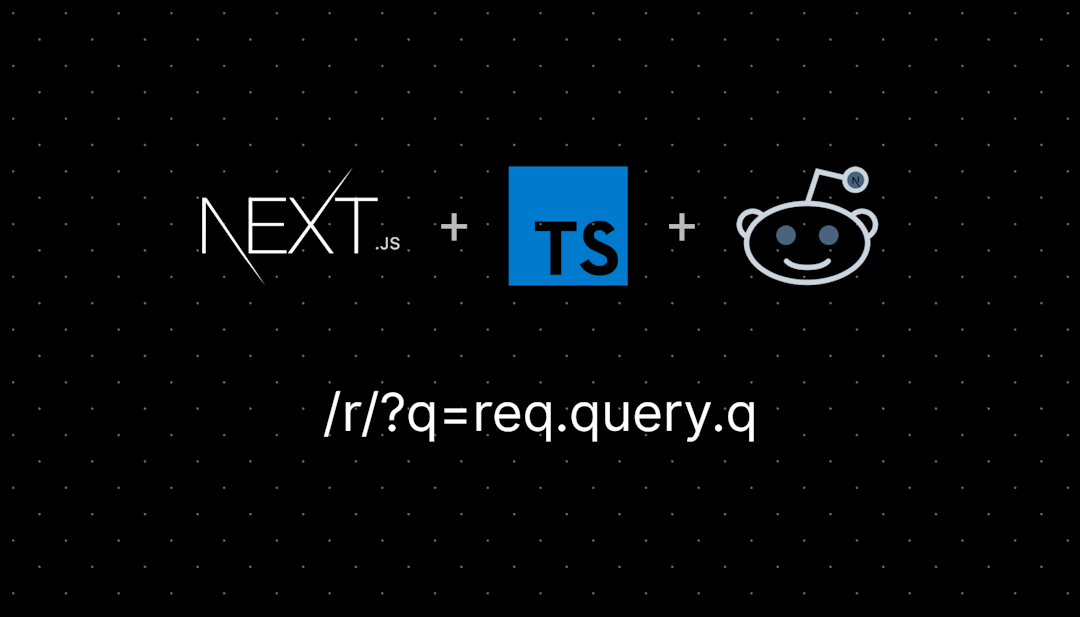/r/TESS_spacecraft
This sub is dedicated to all things Tess: press releases, public data dumps, clever graphics and illustrations about the mission, etc.
Please, no clickbait titles or other unsubstantiated claims. This sub is for scientific data, discussion and for us citizen scientists, collection and reduction.
This sub is dedicated to all things Tess: press releases, public data dumps, clever graphics and illustrations about the mission, etc.
Please, no clickbait titles or other unsubstantiated claims. This sub is for scientific data, discussion and for us citizen scientists, collection and reduction.
/r/TESS_spacecraft
51 Subscribers
Interpretation of machine learning based results (sector 16/17)
Firstly, I'm not sure if this is the appropriate sub or if it should belong in astronomy or exoplanets.
I conducted an analysis on sector 16/17 using machine learning methods to increase the speed of feedback. This included:
- Dimensionality reduction to quickly understand the different types of light curves
- Clustering to understand how common a type of measurement is (since rarer measurements fall into smaller clusters, or no cluster)
- Quick searching
- Most anomalous objects
The problem is that I'm not an astronomer so I'm not exactly sure what I'm looking at necessarily.
The analysis can be read in the link below, but I've attached images below of what needs to be looked at in case cbf reading. Important: Any light curve plots displayed are z-normalized to make them scale invariant. So any large dips might only appear so because fluctuations for the rest of the series are small.
Cluster overview of the two sectors
The 20 most dissimilar light curves:
(some of these might be glitches as there is just 1 measurement point spiking in some locations e.g. at the start)
20 most dissimilar objects in sector 16/17
Search result plots:
I picked out some interesting looking curves and returned the top 3 most similar.
Input curve (red) and similar curves based on search method (right)
- GK
22:42 UTC
18:46 UTC
SETI video on TESS
02:06 UTC
Back To Top
